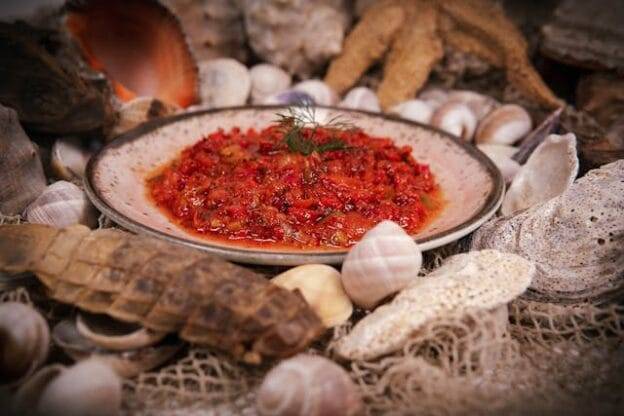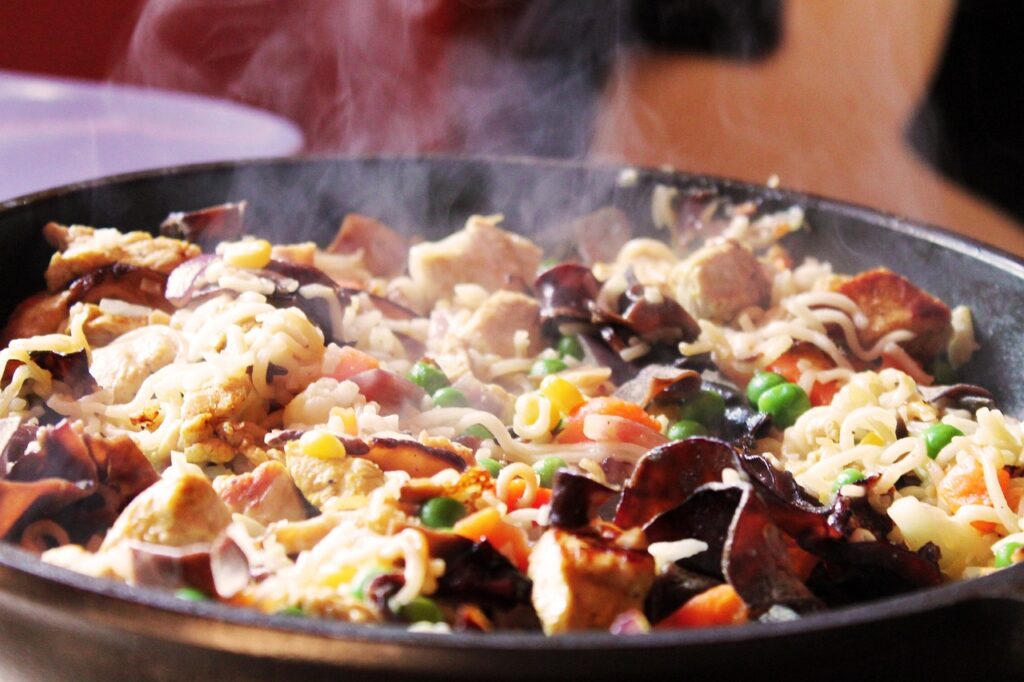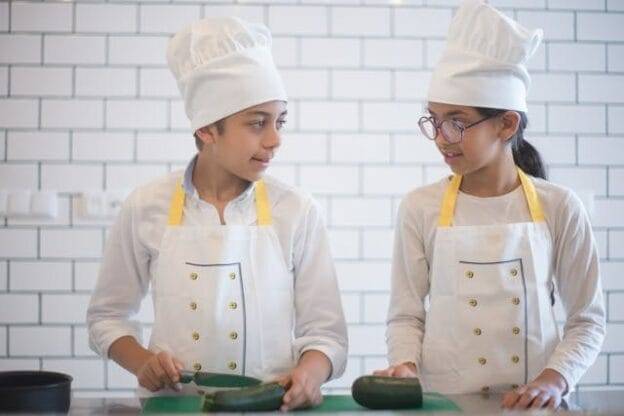Is It Safe To Use A Scratched Non-stick Pan?
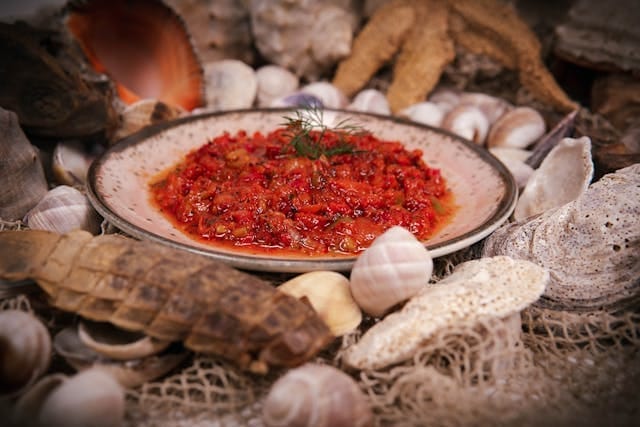
Have you ever found yourself wondering whether it’s safe to cook with a scratched non-stick pan? If so, you are definitely not alone. Non-stick pans have become a staple in many kitchens due to their convenience, but the question of safety, especially when scratches appear, is a common concern.
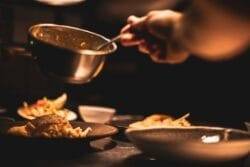
Understanding Non-Stick Cookware
Non-stick cookware has revolutionized the way we prepare meals. The non-stick coating makes cooking and cleanup much easier, allowing food to slide off the surface without much hassle. However, understanding how this coating works will help you make informed decisions when it comes to its condition.
What Is a Non-Stick Coating?
The non-stick coating is typically made from a substance called polytetrafluoroethylene (PTFE), commercially known as Teflon. This coating prevents food from adhering to the surface, simplifying cooking processes, especially for delicate items like eggs or fish. While this coating offers many advantages, it can also be a source of concern when worn out or scratched.
Types of Non-Stick Coatings
There are various types of non-stick coatings available in the market today. Each comes with its unique properties, benefits, and potential downsides. Below is a brief overview of some commonly used non-stick coatings:
| Type of Coating | Description | Pros | Cons |
|---|---|---|---|
| Teflon (PTFE) | A widely used non-stick coating made of synthetic polymer. | Easy to clean, affordable | Can degrade at high heat |
| Ceramic | A newer alternative that uses silica instead of chemicals. | Environmentally friendly | Can scratch easily |
| Anodized Aluminum | This is aluminum that has been treated to create a non-reactive surface. | Durable, scratch-resistant | Heavier than Teflon |
| Cast Iron | Naturally non-stick when seasoned correctly, it enhances flavor over time. | Durable, versatile | Requires maintenance |
Understanding these types helps you evaluate the best choices for your cooking style.
The Safety of Using Scratched Non-Stick Pans
After using your non-stick pans for a while, it’s common to notice scratches or scuffs on the surface. This leads many people to wonder, “Is it still safe to use?” Let’s break down the facts.
The Safety Debate
Most of the time, a minor scratch doesn’t immediately pose a health risk. However, there are several considerations to keep in mind.
- Material Breakdown: If the scratch is deep enough, there’s a possibility that particles of the coating can flake off into your food. Though ingested particles are unlikely to cause immediate harm, it’s not an ideal situation.
- Chemical Concerns: Some non-stick coatings, especially older versions of Teflon, could potentially release harmful chemicals if overheated. Newer formulations are designed to withstand higher temperatures, but it’s still wise to practice caution.
- Usage and Care: How you treat your pans plays a significant role. Using metal utensils on non-stick surfaces can lead to scratches. Always opting for silicone, wood, or plastic utensils can prolong the life of your cookware.
How to Assess the Damage
To determine if your scratched non-stick pan is still usable, closely examine the pan:
- Surface Scratches: Light surface scratches generally do not compromise the pan’s safety. However, if the coating is flaking or peeling, it’s time to consider replacements.
- Performance Issues: If you notice food is sticking more than it used to, it could be a sign that the integrity of the coating is compromised.
- Heat Resistance: Avoid heating the pan beyond the recommended limits. Each brand or type of non-stick coating comes with specific temperature guidelines.
General Guidelines for Pan Care
To minimize the chances of scratched non-stick pan and other damages, consider the following tips for maintaining your non-stick cookware:
- Use the Right Utensils: As mentioned earlier, use non-metal utensils like wood or silicone to avoid scratching the surface.
- Gentle Cleaning: Avoid abrasive sponges or cleaners that can wear down the coating. Instead, use a soft sponge and mild dish soap.
- Proper Storage: Consider stacking your pans with a protective layer, such as a cloth or paper towel, to prevent scratches from other cookware.
- Beware of High Heat: Non-stick pans are generally designed for low to medium heat. Avoid exposing them to high temperatures, which can damage the coating.
Safety Statistics and Studies
Understanding the safety aspects is crucial, and while there’s anecdotal evidence and individual opinions, studies provide some insight into how these products perform in real life.
Research Findings
- Chemical Release: Studies have shown that older non-stick pans could release polytetrafluoroethylene (PTFE) at high temperatures resulting in toxic fumes. However, most modern non-stick coatings are PFOA-free and designed to avoid this issue.
- Health Risks: According to a study by the Environmental Protection Agency (EPA), there is minimal evidence linking non-stick coatings to health risks when used as intended.
- Public Awareness: A survey conducted by the American Association of Poison Control Centers indicated that the emphasis on avoiding overheated non-stick pans is crucial for user safety. A scratched non-stick pan can increase toxicity in the human body over time.
Recommendations from Health Organizations
Various health organizations emphasize using non-stick pans safely. The American Cancer Society reassured the public that cooking with non-stick cookware is safe as long as it’s maintained properly and not heated excessively.
When to Replace Your Non-Stick Pan
Knowing when to part ways with your non-stick cookware is essential for maintaining a safe cooking environment. Here’s a brief guide to help you decide when it’s time for a new pan:
| Condition | Action Required |
|---|---|
| Scratches or scuffs | Continue use, watch closely |
| Flaking or peeling | Replace immediately |
| Loss of non-stick feature | Consider replacement |
| Discoloration or stains | Replacement might be necessary |
If you notice any of these conditions, it’s wise to consider replacing your non-stick cookware to maintain a safe cooking environment.
Benefits of Non-Stick Cookware
Before you decide to toss your scratched non-stick pan, it’s important to bear in mind the benefits it offers. Non-stick cooking has various advantages that can enhance your overall cooking experience.

Ease of Cooking
One of the major benefits of non-stick pans is that food doesn’t tend to stick. This can make cooking processes smoother, particularly when making delicate dishes that require flipping or sliding off the pan.
Easy Cleanup
Cooking tends to create a ton of mess, especially when dealing with sauces or sticky textures. With non-stick cookware, cleanup generally requires just a quick wipe or rinse.
Reduced Fat Usage
Since food doesn’t stick as easily, many people find they can use less or even no cooking oil or butter. This can lead to healthier meals and reduced fat intake, which can be especially beneficial if you’re watching your diet.
Versatility in Cooking
Non-stick pans can be used for a wide array of cooking techniques, from sautéing veggies to frying eggs. They are especially good for low-fat cooking techniques, enabling more healthful meal preparation.
Conclusion: Making the Safe Choice
Understanding how to care for and assess the condition of your non-stick pans is crucial to ensuring safety in the kitchen. While minor scratches may not immediately signal danger, ongoing assessment is vital for your culinary wellbeing. Check with health advisories as more information becomes available thru scientific channels for more info on scratched non-stick pan.
Your cooking experience can certainly benefit from keeping non-stick cookware in good shape. Protecting your pans through careful use, maintenance, and being aware of their condition will contribute to a healthier cooking environment for you and your loved ones.
Ultimately, being informed about what you put into your pots and pans can only enhance your overall cooking adventure. If you keep an eye on your cookware’s condition and practice good habits, there’s no reason you can’t continue to enjoy the convenience of non-stick cooking—scratch or not! Stay safe, happy cooking!
